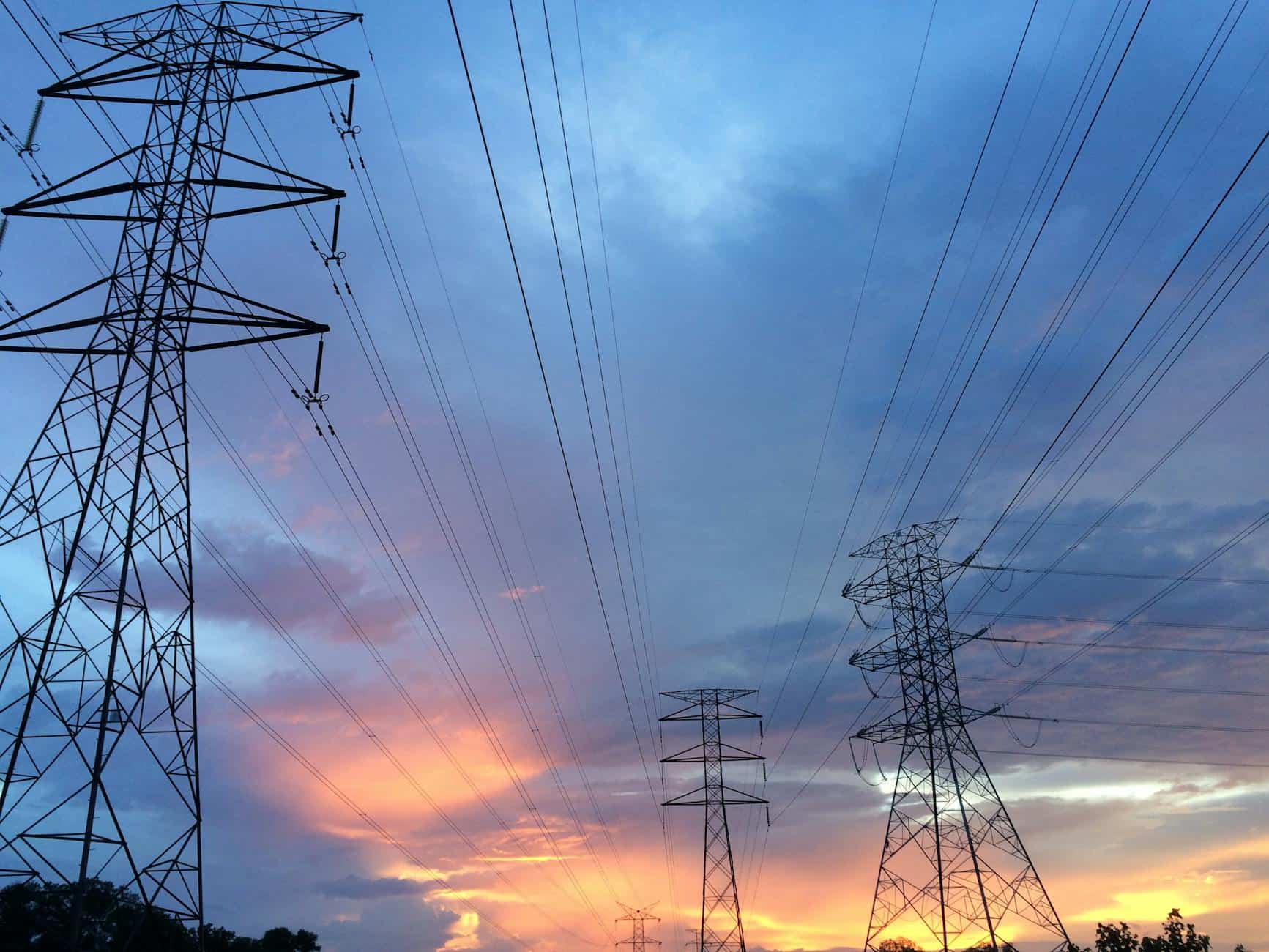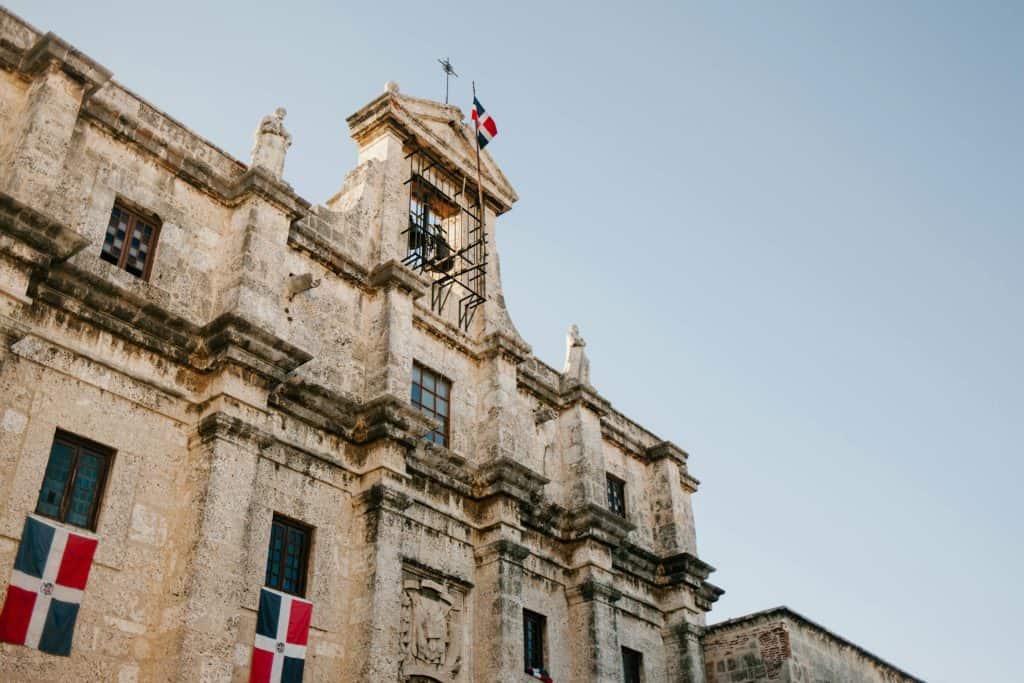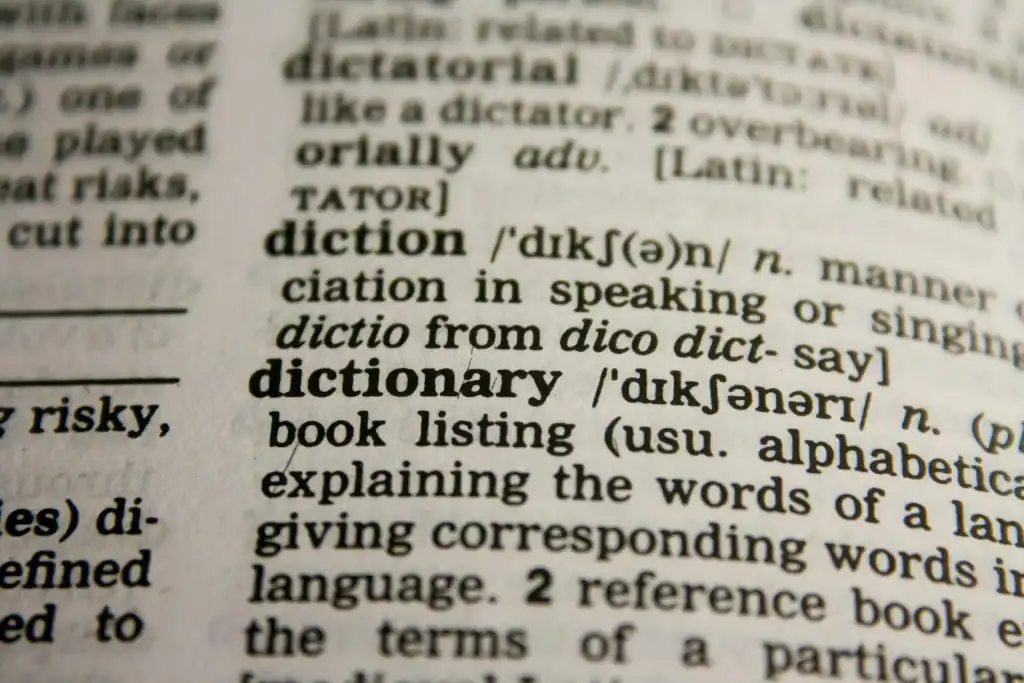Diary notes from a extranjero‑turned‑vecino who swapped NYC neon for Puerto Plata sunsets and now battles EdeNorte kilowatts and Coraasan cubic meters like a pro.
I still remember my first electric bill in the Dominican Republic. The envelope arrived limp from the humidity, stamped “EdeNorte – ¡Ponte al día!” and printed on paper so thin it glowed against the Caribbean sun. Inside, numbers marched in neat columns—Consumo kWh, Cargo fijo, Subsidio estatal—but may as well have been hieroglyphics. My water invoice from Coraasan felt just as cryptic, peppered with abbreviations like m³ facturados and Servicio Alcantarillado. If you’re new to the north coast—Puerto Plata, Sosúa, Cabarete—this post is the decoder ring I wish I’d had.
Electricity with EdeNorte: From kWh to ITBIS
EdeNorte supplies power from Monte Cristi to Nagua. Each month a sheet no bigger than a receipt lists every charge. Even after years here I still flip it over and read top to bottom, whispering the Spanish aloud so my brain registers it.
Basic Identification
Right under the logo sits your Número de Contrato—a ten‑digit lifeline whenever you call customer service. Next is Ruta, the physical circuit route the meter reader follows, and Ciclo de Facturación, the billing cycle. Mine reads Ruta 35 / Ciclo 7, meaning the reader shows up around the seventh business day.
Usage Block
The first bold label is Consumo del Mes (kWh). Example line:
Consumo del Mes – 260 kWh
Those 260 kilowatt‑hours measure the electrons you burned running fans all night and the blender you abuse for batidas every afternoon. Below, EdeNorte usually prints a Histórico de Consumo—three tiny bars comparing this month, last month, and same period last year. If the bar leaps, check the Lectura Actual and Lectura Anterior. They show meter start and end values, e.g., 13245 – 13505.
Charges Section
Now the dizzying part: line items.
Energía Base – RD$ 3,224.10
Cargo Fijo – RD$ 95.00
Alumbrado Público – RD$ 72.80
Subsidio Gobierno – –RD$ 850.00
ITBIS 18 % – RD$ 563.34
Energía Base is pure consumption multiplied by tariff. Residential customers north of 200 kWh jump to a higher bracket—watch that threshold if you run A/C. Cargo Fijo is a flat service fee; you pay it even during blackouts (apagones). Alumbrado Público funds streetlights so the motoconchos can dodge potholes after dark. Then that sweet Subsidio line subtracts government aid. Finally ITBIS—the 18 % value‑added tax—applies to energy but not always to the subsidy.
At the bottom you’ll find Total a Pagar and two dates: Fecha de Vencimiento (due date) and Fecha de Suspensión (cut‑off). Pay before the latter unless you enjoy surprise power naps.
Calling EdeNorte
Phones glitch, offices shuffle, but phrases stay gold:
“Buenos días, llamo para reportar una factura elevada. Mi número de contrato es 2045‑876321.”
“Se fue la luz en la avenida Manolo Tavárez. ¿Tienen reporte de avería?”
Ask for a revisión de medidor if numbers spike suddenly. They’ll schedule a technician (técnico de campo) who may or may not show on island time.
Water with Coraasan: Cubic Meters, Sewage, and the Mora
Coraasan (Corporación del Acueducto y Alcantarillado de Santiago) pipes water down the coast too. Bills arrive blue‑tinted and shorter than EdeNorte’s but brim with their own cryptic codes.
Reading the Header
Find Código del Cliente and Sector to prove residency when opening a support ticket. My sector prints as Urbanización Atlántica even though the neighbors call it Los Tres Golpes; the utility goes by cadastral maps, not local nicknames.
Consumption Details
Lectura Anterior – 00540 m³
Lectura Actual – 00548 m³
Consumo – 8 m³
One cubic meter equals 1,000 liters—about five full‐size drums (tanques). If your number leaps, check toilets for silent leaks; flappers here disintegrate faster than passionfruit skins.
Charges Unpacked
Cuota Fija – RD$ 140.00
Consumo Agua – RD$ 192.00
Servicio Alcantarillado – RD$ 95.00
Mora Acumulada – RD$ 60.00
Cuota Fija keeps the pipes pressurized even if you travelled all month. Servicio Alcantarillado covers sewage—vital if you prefer flushing over the bucket method. Mora is late fee; Coraasan tacks on 10 % of balance after 30 days. To clear it, visit their Oficina Comercial on Calle Restauración and say:
“Quiero ponerme al día y eliminar la mora. ¿Puedo hacer un acuerdo de pago?”
They often split the debt across three invoices (acuerdo en cuotas).
Gas on the Coast: Cylinders, Receipts, and Hidden Weight
Most North‑Coast homes rely on bombones—propane cylinders—delivered by companies like Tropigas, Petronan, or Propagas. The “bill” is usually a stamped receipt handed over by the driver. Still, the Spanish matters.
Example receipt line:
Recarga de cilindro 25 lbs – RD$ 730.00
Check the seal date; ask the driver:
“¿Está llenito? ¿Me muestra la fecha de re‑certificación?”
Some condominiums hook into gas por tubería (piped gas). Those invoices list m³ consumidos, Precio por m³, and Cargo Administrativo. The number spikes during Christmas—Dominican kitchens marathon‑fry pork shoulder (pernil) and pastelitos.
The Vocabulary Cheat‑Sheet—Without Bullet Points
Instead of a sterile list, let’s walk through a fake conversation with my neighbor Don Rafael, a retired capitán de barco known for grilling lobster at midnight.
Yo: “Rafa, la factura de luz llegó altísima.”
Don Rafael: “¿Cuánto te salió la energía base?”
Yo: “Casi cuatro mil pesos y eso que el subsidio me bajó ochocientos.”
Don Rafael: “Revisa si pusieron ‘energía penalizada’. Cuando pasas de 700 kWh, EdeNorte clava un recargo.”
Here pops up Energía Penalizada—a surcharge for heavy users. Another evening the water cut out and we traded lines:
Yo: “¿Tienes agua del acueducto?”
Don Rafael: “No, mano, Coraasan está ‘racionando’. Fíjate en la próxima factura; abajo dice ‘Ajuste por Racionamiento’.”
That ajuste subtracts a few pesos when supply is interrupted, a small consolation for bucket showers.
Payment Channels and Spanish You’ll Hear at the Cashier
Supermarkets double as payment hubs. When I queue at La Sirena’s Centro de Servicios, I prep my lines:
“Vengo a pagar EdeNorte y Coraasan. Aquí está el contrato y el código de cliente.”
“¿Puedo pagar con tarjeta y dividir en dos recibos?”
The cashier might ask, “¿Sin mora? or “¿Incluyo el saldo anterior?” Respond accordingly:
“Sí, quiero saldar todo.” or “Solo el consumo de este mes, por favor.”
For gas cylinders, drivers shout “¡Gas Tropi! ¡Gas Tropi!” through a megaphone. I stick my head out and yell back:
“¡Una recarga de veinticinco libras, porfa!”
They jot my house number on a carbon copy, slap the new cylinder in place, and collect cash. Keep coins handy; drivers seldom carry change.
Tips to Keep Bills Low—Learned the Sweaty Way
Running the ceiling fan feels cheap until you leave it twirling over an empty room. Every appliance here sips more watts thanks to voltage fluctuations. I installed a regulador de voltaje—a surge protector box—to stabilize current; it shaved my Factor de Potencia charge by 3 %. As for water, swapping old toilets to dual‑flush models cut my monthly Consumo from 14 m³ to 9 m³. That’s RD$ 120 less, enough for several fría Presidentes.
On gas, weigh your empty cylinder (tare weight stamped on collar: T 11.3 kg). After refill, it should read tare plus product (about 11.3 kg + 11.5 kg). If not, call the company and report “cilindro incompleto”.
What to Say When Things Go Wrong
Blackouts happen. Pipes burst. Tanks leak. Keep these phrases taped to the fridge:
“Se fue la luz a las siete de la noche y no ha vuelto. Número de circuito 802.”
“Tengo pérdida de agua en la calle 30 de Marzo; el hidrante está roto.”
“Hay olor a gas en el balcón; pueden enviar un técnico de inmediato, por seguridad.”
Record números de reclamo (ticket numbers) the agent gives; they expedite follow‑ups.
Final Reflection: From Decoding to Belonging
I used to treat my Dominican utility bills like dentist appointments—necessary evils best avoided. Now they read like neighborhood gossip columns: a spike in Consumo tells me the rainy season kept the dehumidifier buzzing; a discount line hints the government extended summer subsidies; a Coraasan ajuste reveals a burst pipe two barrios over. Understanding the jargon turns a faceless invoice into a story of how the north coast breathes, pumps, and lights itself.
Next time EdeNorte’s envelope flutters through your gate or the Coraasan truck rattles past, crack open the bill, mutter the Spanish aloud, and trace the narrative of watts and water. Pretty soon you’ll be the one neighbors call when numbers look funky, armed with phrases like “Energía Base” and “Servicio Alcantarillado” that roll off the tongue as smoothly as a beachfront morir‑soñando.
Paga a tiempo, ahorra donde puedas, y que nunca te falte corriente ni un chin de agua.



